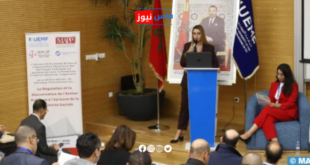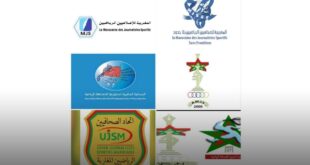The death of two children after being bitten by a rabid dog in the rural commune of Sidi Mohamed Lahmerr in Kenitra province has sparked a wave of panic and anger among residents. The two children were rushed in critical condition to the regional hospital in Kenitra. One child, experiencing complications, was transferred to the University Hospital in Rabat where he succumbed to his injuries, while the other died the following day at Kenitra hospital.
This double tragedy once again highlights the urgent need to find a real solution to the stray dog problem plaguing many Moroccan cities. In this context, Mariem Alaoui, president of the Moroccan Association for Stray Dog Management (AMGCE), told H24Info that there are three main methods for dealing with the stray dog population:
- Shelter or confinement method: This involves adopting dogs or keeping them in shelters, but it is extremely costly.
- Elimination method: Currently used in Morocco, this method involves killing dogs by poisoning, slaughter, or removing them to pounds and then killing them. This method temporarily clears the area of dogs but leads to the proliferation of new strays and increased rabies risks.
- TNVR (Trap-Neuter-Vaccinate-Return) method: This approach has proven successful in many countries and involves capturing dogs, sterilizing and vaccinating them against rabies, then returning them to their original location with identification markers.
Alaoui emphasized that combating the spread of stray dogs requires close cooperation between civil society, authorities, and concerned parties. She pointed out that Morocco signed an agreement in 2019 to implement the TNVR method, but the failure to implement these solutions so far is concerning, especially for victims like those in Kenitra.
Alaoui concluded by saying, “The responsibility lies with the concerned officials who must act wisely and quickly to solve this problem that has become a threat to public health and safety.”
 فاس نيوز ميديا جريدة الكترونية جهوية تعنى بشؤون و أخبار جهة فاس مكناس – متجددة على مدار الساعة
فاس نيوز ميديا جريدة الكترونية جهوية تعنى بشؤون و أخبار جهة فاس مكناس – متجددة على مدار الساعة













